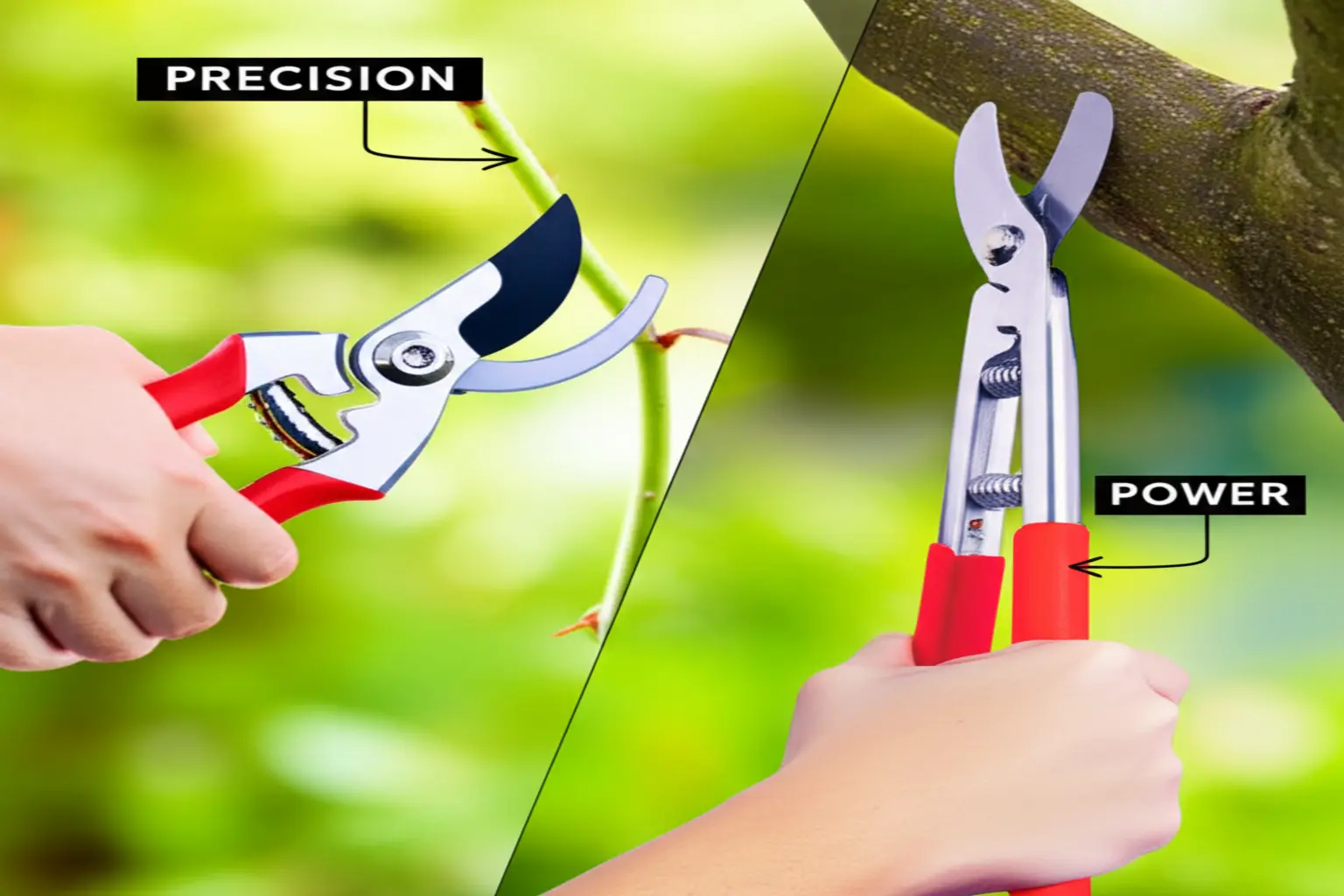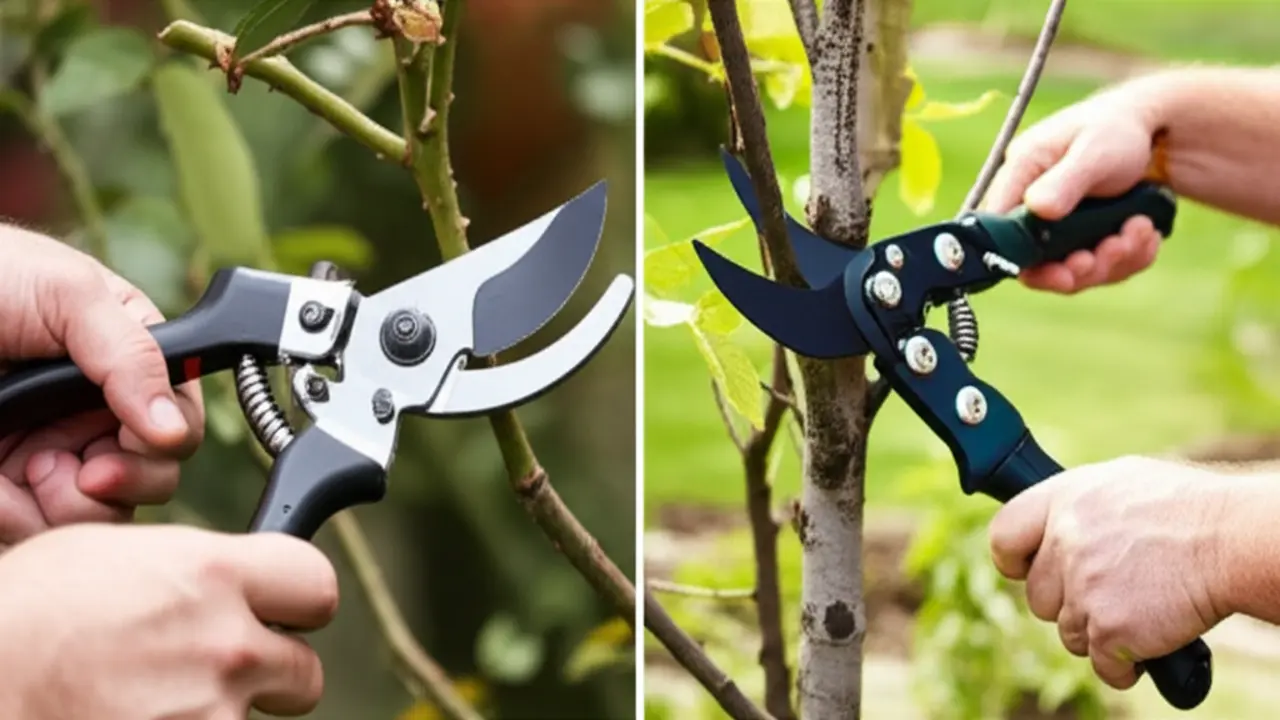
1. Understanding the Core Differences: Pruning Shears vs. Loppers
In contrast, loppers are two-handed power tools. Their long handles provide significant leverage, enabling you to cut through thick, woody branches that can range from 1 to over 2 inches in diameter. Using shears on such a branch would likely damage the blade and strain your hand, while using loppers on a delicate flower stem would be clumsy and could crush it. For particularly tough jobs, specialized heavy duty pruning shears exist, but loppers remain the go-to for clearing thicker growth and shaping larger shrubs.
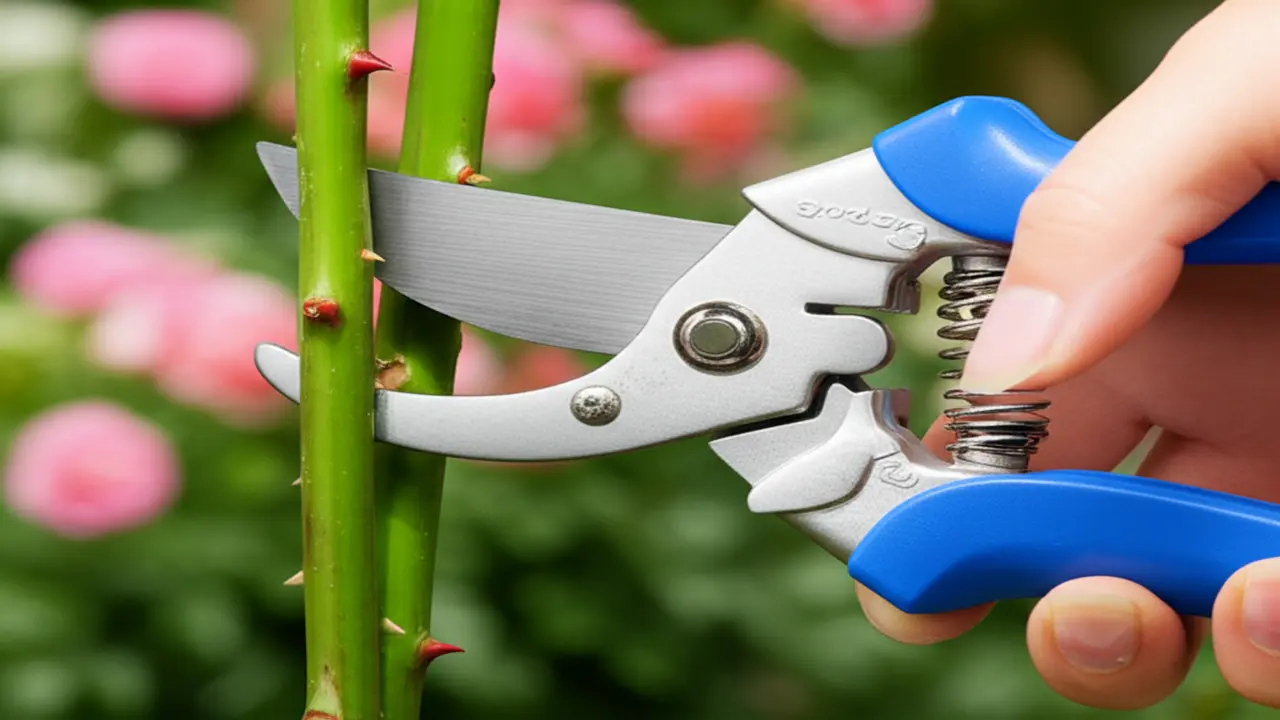
2. Pruning Shears: Precision for Smaller Tasks
Their best use is for tasks requiring accuracy. Think of deadheading roses, shaping delicate shrubs, harvesting herbs, or trimming ornamental grasses. For gardeners who need to get into tight spaces without disturbing nearby growth, the compact size of shears is a significant advantage. While they offer excellent control, their main limitation is cutting capacity. For anything thicker than a finger, you'll need to switch to loppers to avoid damaging both the plant and your tool. Many gardeners find that specialized small pruning shears offer even greater control for intricate tasks.
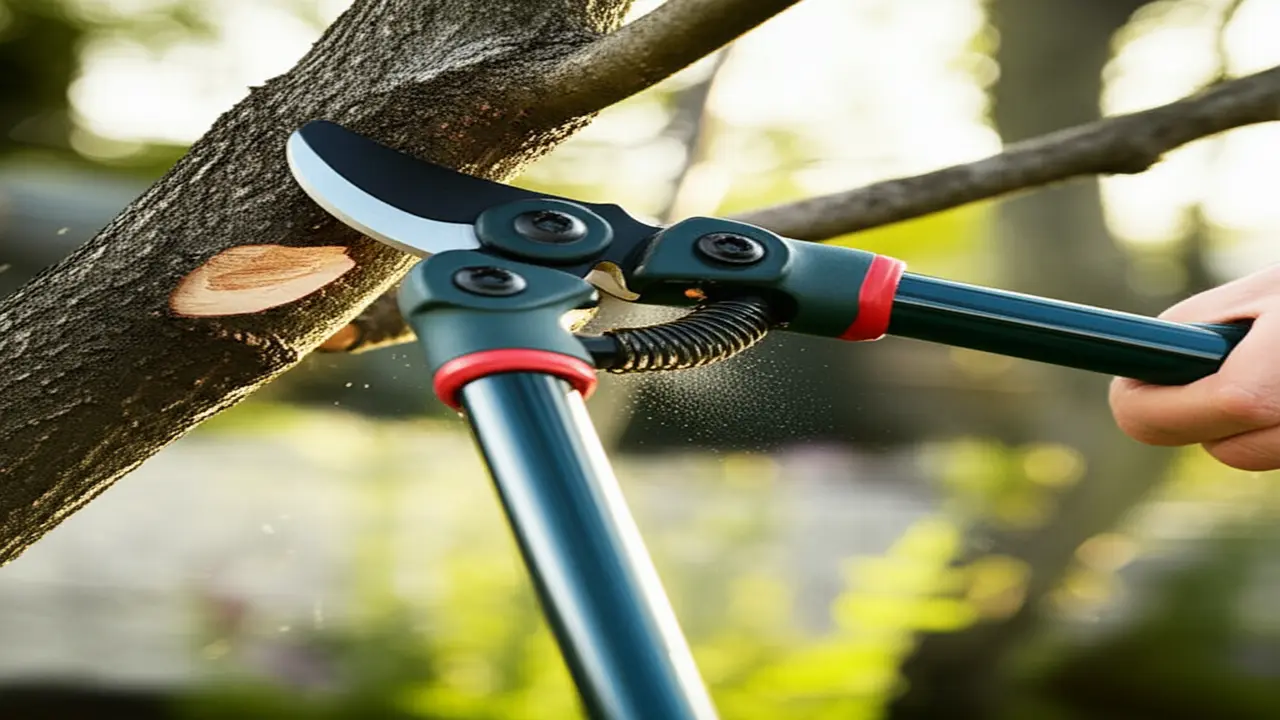
3. Loppers: Power for Thicker Branches
4. Key Comparison: Pruning Shears vs. Loppers at a Glance
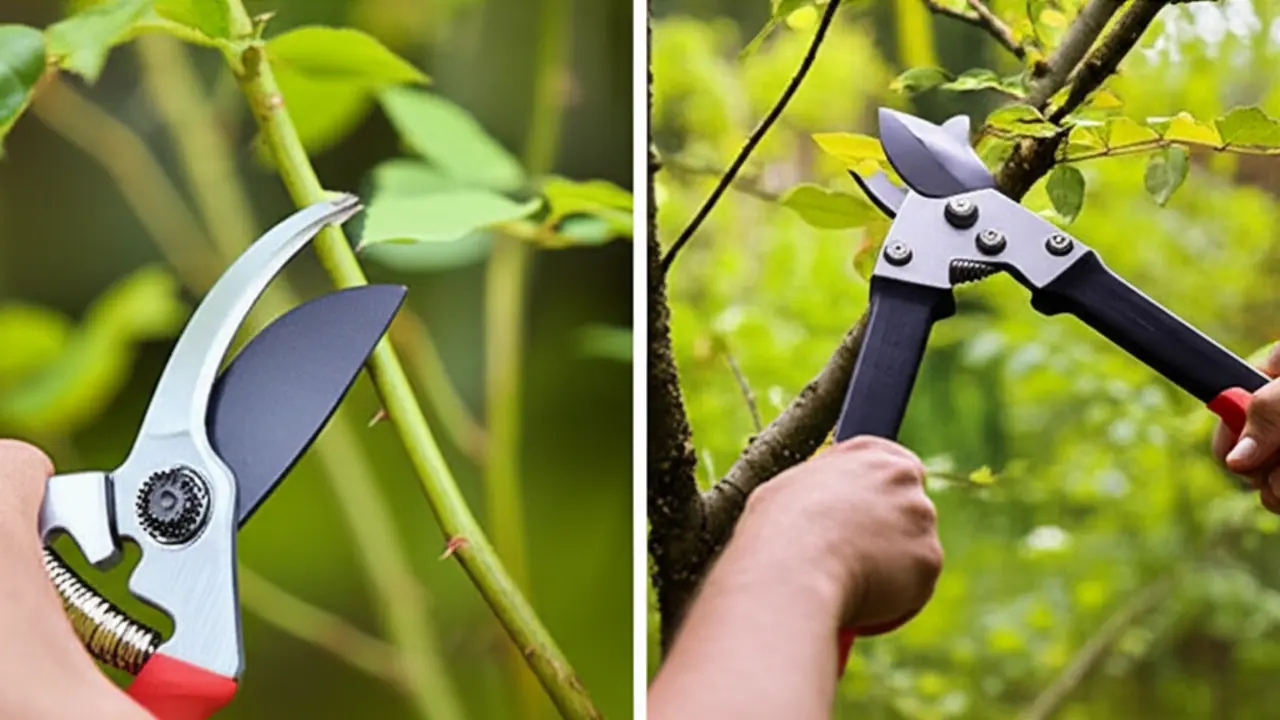
5. Choosing the Right Tool for Your Gardening Needs
When facing branches thicker than your thumb, from three-quarters of an inch up to about two inches, you must use loppers. Their long handles provide superior leverage, allowing you to make a clean, powerful cut through tougher wood. This makes them essential for removing dead or diseased wood from fruit trees, managing mature shrubs, and cutting back thick, woody growth. Attempting to use shears on such branches can damage the blade and harm the plant. For truly challenging cuts, a pair of pruning shears for thick branches or heavy-duty loppers is a crucial asset for any serious gardener in 2025.
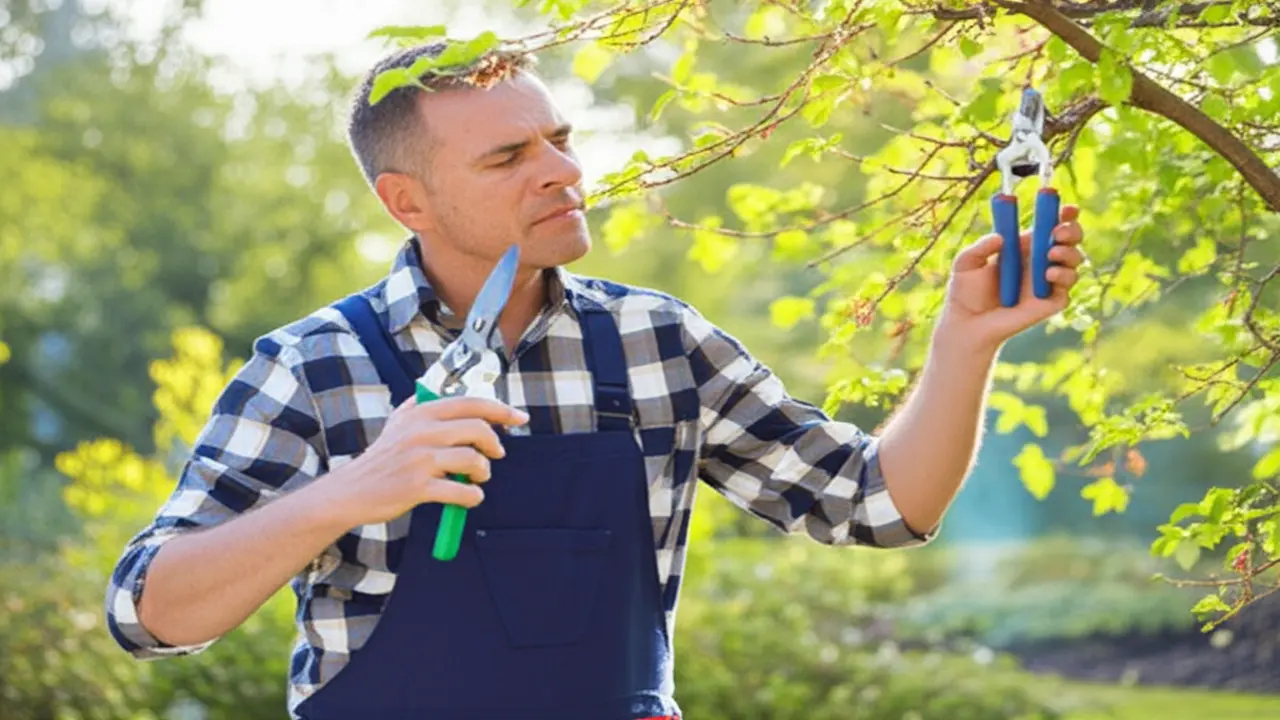
6. Frequently Asked Questions (FAQs)
6.1. Can I use loppers for small branches?
While you technically can use loppers for small branches, it is generally not recommended. Loppers are designed with long handles to provide leverage for cutting through thick limbs, typically over 3/4 inch in diameter. Using them on small twigs and stems is inefficient and clumsy. You will lack the fine control needed for precise cuts, which can lead to tearing the bark or crushing the stem. This sloppy cut can damage the plant and invite disease. For delicate work on flowers, new growth, or thin branches, a pair of quality small pruning shears will always provide a cleaner, healthier, and more accurate cut. Save the loppers for the heavy work they were built for.
6.2. Are pruning shears good for thick branches?
Pruning shears have clear limitations and should not be used on branches beyond their designed capacity. Most hand shears are rated for green wood up to 3/4 inch in diameter. Forcing them on larger limbs is a recipe for trouble. You risk damaging the tool itself, from bending the blades to breaking the entire mechanism. More importantly, you will injure the plant by crushing its tissues, creating a ragged wound that invites disease and pests. A clean cut is vital for quick healing. While there are specific heavy duty pruning shears designed for tougher jobs, always respect the tool's maximum cutting capacity. If a branch requires significant force, switch to a lopper.
6.3. What's the main difference in cutting action?
The fundamental difference in the pruning shears vs loppers debate is precision versus leverage. Pruning shears operate like scissors, relying on your hand's strength for a precise, clean cut on smaller stems. This close control is perfect for shaping plants. Loppers, in contrast, are all about leverage. Their long handles multiply the force you apply, allowing you to slice through thick branches up to 2.5 inches with relative ease. This action is powerful but lacks fine-tuned precision. Regardless of the tool, blade sharpness is critical for a clean cut. A dull blade will crush wood tissue. Learning how to sharpen pruning shears and loppers is a vital skill for maintaining plant health.
7. Essential Pruning Tips for Gardeners
* Cut at an Angle: Always make your cuts at a 45-degree angle, about 1/4 inch above an outward-facing bud. This allows water to run off, preventing rot and disease from setting in.
* Keep Tools Sharp and Clean: A dull blade crushes stems, creating ragged wounds that heal slowly and invite pests. A clean, sharp blade is non-negotiable. For perfect cuts every time, it is essential to understand how to sharpen pruning shears. Also, wipe your blades with alcohol between plants to prevent spreading diseases.
* Prune the Three D's First: Always start by removing any branches that are Dead, Damaged, or Diseased. This tidies the plant and helps you see its structure better for further shaping.
These core principles will yield healthier plants and more beautiful blooms.

